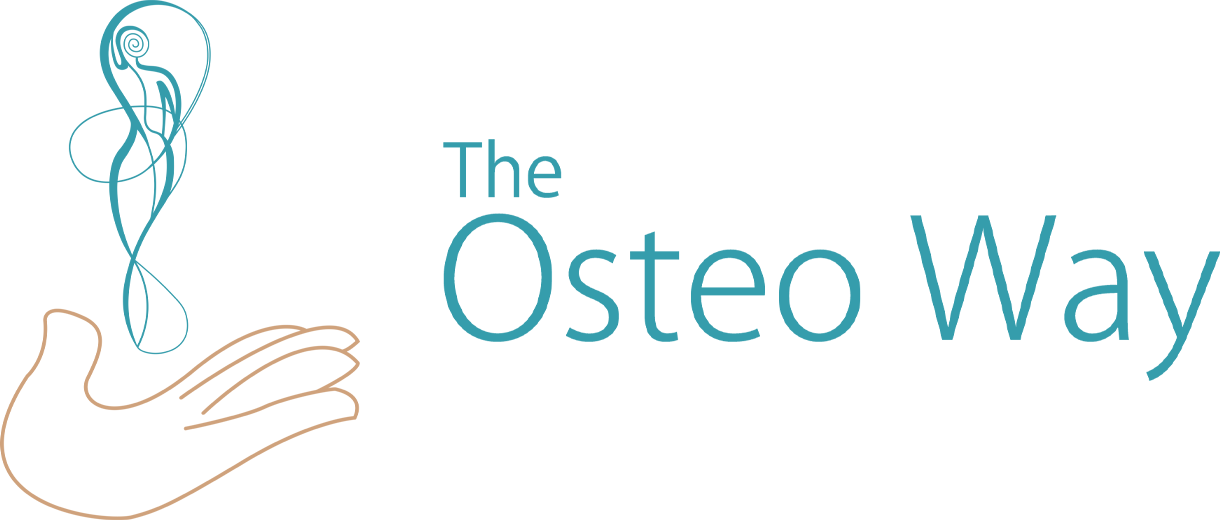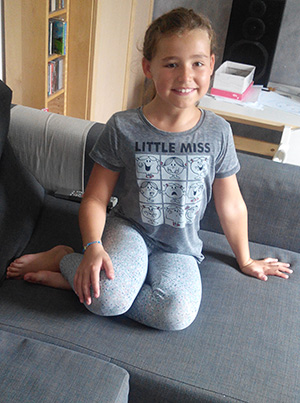 When Zara was a little girl, she always used to sit on one side, it just felt right whether she was eating her snack or playing with her toys.
When Zara was a little girl, she always used to sit on one side, it just felt right whether she was eating her snack or playing with her toys.
As you can see, side sitting favours a tilt in the pelvis, rotating one hip inward and the other one outward, each foot weight bearing on the opposite side. After a while, the lower back, pelvis, hips, knees, and feet become moulded to this position, which can lead to injuries in the future.
At only 7 years old, Zara started spraining her right ankle, many times over and over. She kept losing balance, so her mother decided to seek the help of an Osteopath to see if there was anything that could be done to strengthen Zara’s ankle. The Osteopath worked on her legs and body and explained that more tummy time during the day as a baby can prevent side sitting and W sitting, both of which weaken the leg joints. Zara was told to sit “criss-cross apple sauce” from now on.
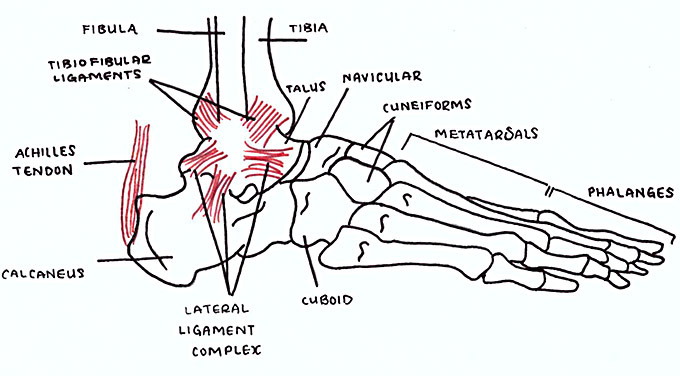
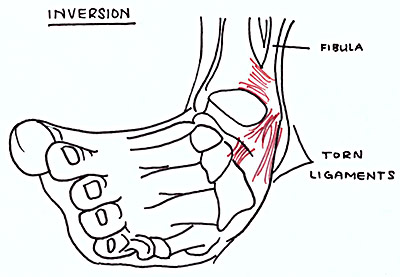 Anatomy of the Ankle:
Anatomy of the Ankle:
As an avid skier at 16 years old, Zara took an unfortunate tumble that left her with a very swollen and painful knee that she could not bear any weight on: she tore her right ACL (Anterior Cruciate Ligament).
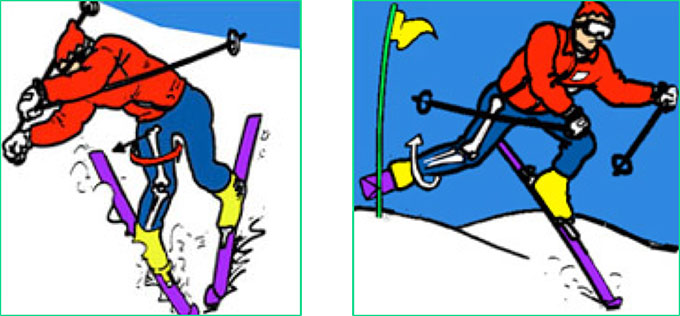
Each cruciate ligament in the knee (anterior and posterior) is responsible for 40% of the balance of the knee, leaving only 10% each to the LCL and MCL (lateral and medial collateral ligaments) to stabilize the knee. This is why one symptom of an ACL tear is the frequent loss of balance for no apparent reason.
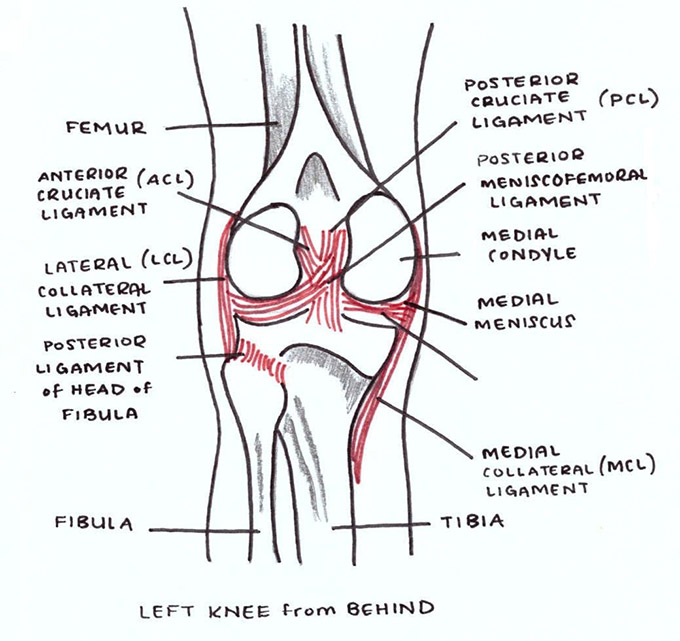
Maybe you caught on with how both the ankle sprain and the knee ligament rupture are causing trouble with her balance… why?
Ligaments are connective tissues linking two bones together and they have two roles:
- Holding bones together, allowing bones to move close to each other while limiting the range of motion to what all the components of the joint can handle.
- Proprioception: (Yes, I promise this is an English word and yes you may use it next time you play Scrabble). It is the capacity of the joint to know its position in space at all times, and where it is located in relation to the body. They even know how fast they are moving through space.
During trauma, the receptors in the ligaments allowing the “where am I” proprioception system are damaged. This makes injuries more likely to recur because the ligaments could have stretched (and cannot shrink again), and because they are lost in space! Physiotherapists are very good at helping to strengthen muscles and help your balance after an injury, as are Osteopaths (typically in a different way that is complementary to the Physiotherapist approach).
Zara is now 30 and starting to complain about her knee arthritis even after her surgery. She can tell that her hip and pelvis (sacroiliac joint) on the left are starting to stiffen.
The story illustrates that our injuries happen for a reason, not simply because we play sports or are active. The way we sit/lay as kids largely determines out future health. Our injuries are linked: in this case, Zara’s foot position made her ankle fragile which lead to her sprain. Her knee then had to compensate, and over time this weakened it, making it more vulnerable and easier to get hurt. All of her injuries started from the ground up and will likely continue to adjust in the future.
Only time will tell if regular Osteopathic treatment, a healthy lifestyle, and regular stretches or yoga classes will allow for Zara’s joints to prevent further upward injuries to their hip, and lumbar spine. For now, she knows that she must tell her children to sit “criss-cross apple sauce!”
To book an Osteopathic manual therapy appointment with our Osteopathic Manual Therapist, Chloé Sardin, click here.
